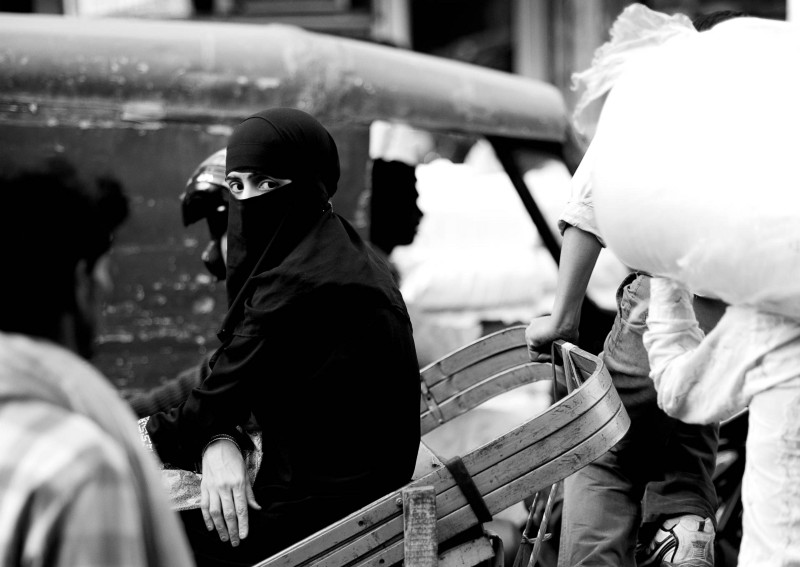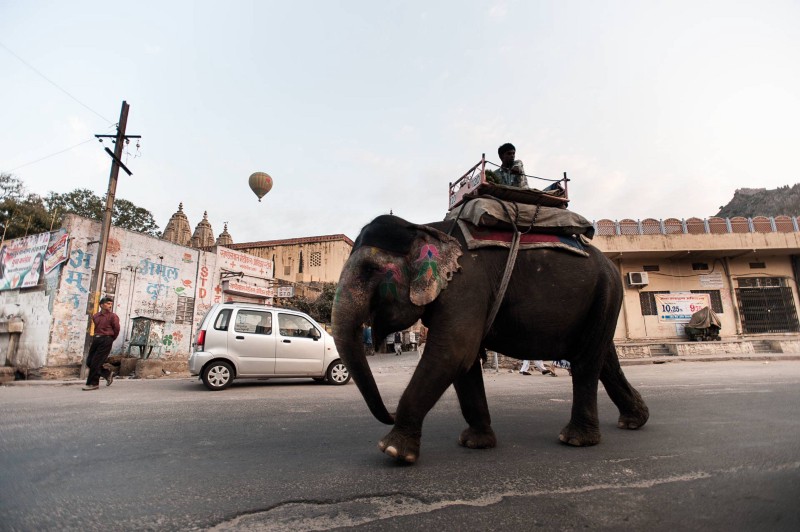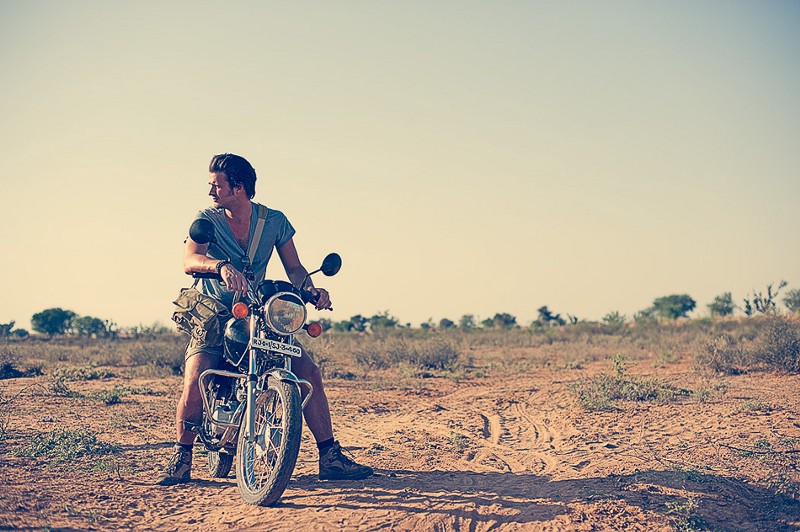Be sure to make friends with the train concierge.
You remember the angry chief steward in Darjeeling Limited? Or Zero, the lobby boy in Grand Budapest Hotel? You will always run into their likes when traveling. Make sure to be nice to them, they deserve it and reply in kind. They are the ones able to upgrade your hotel room, hook you up with the right people and point you in the right direction. They live at the place you are visiting and they tend to know a lot of people (much better than you do).



